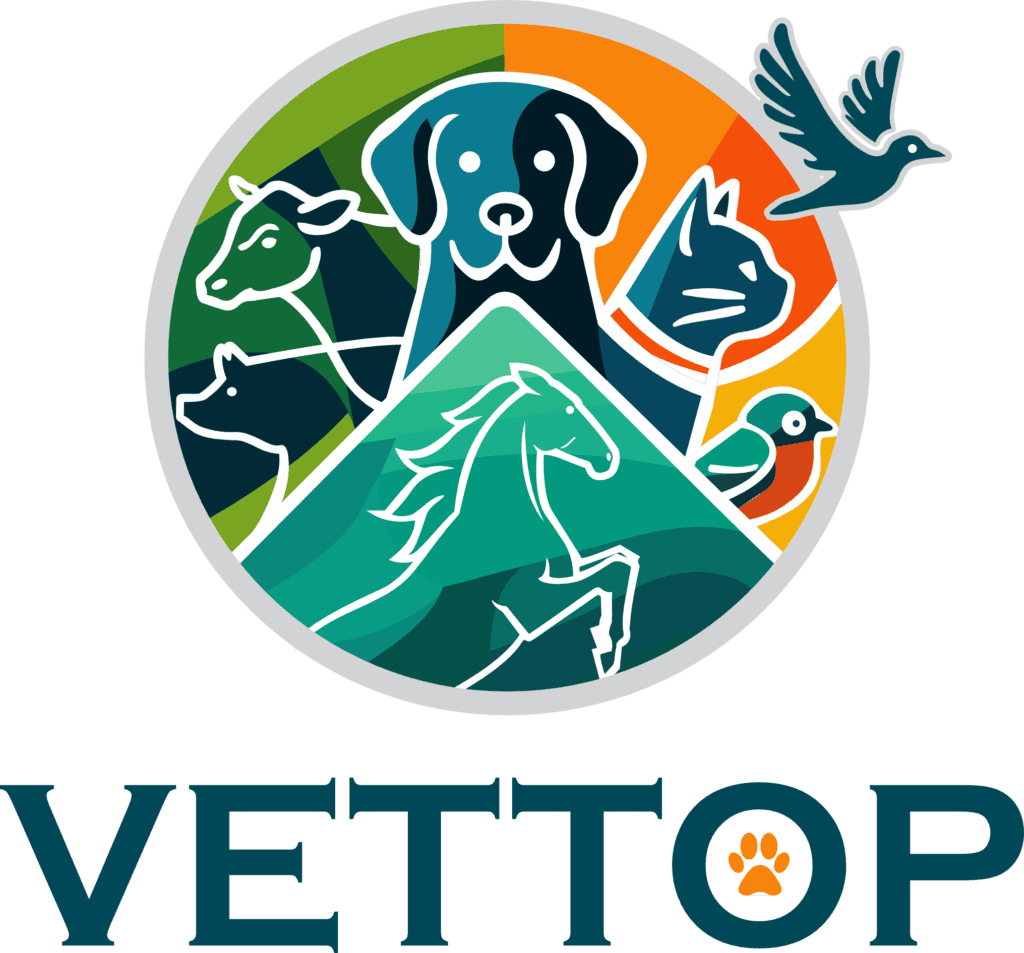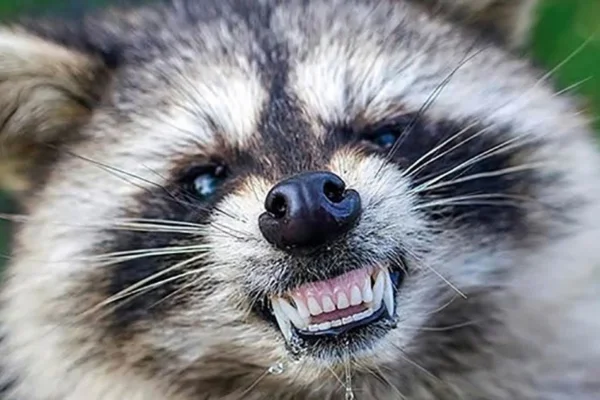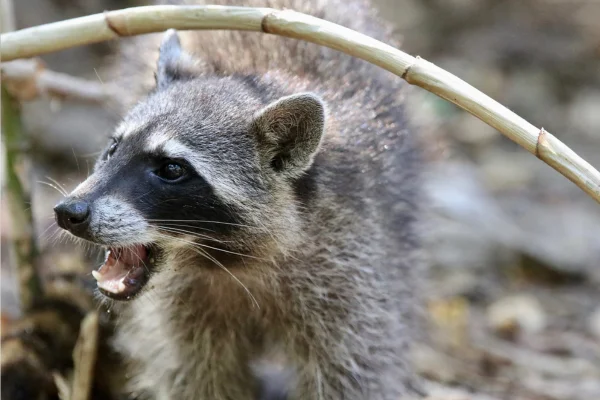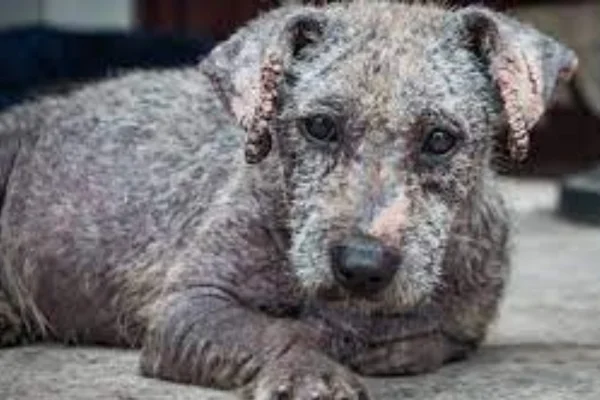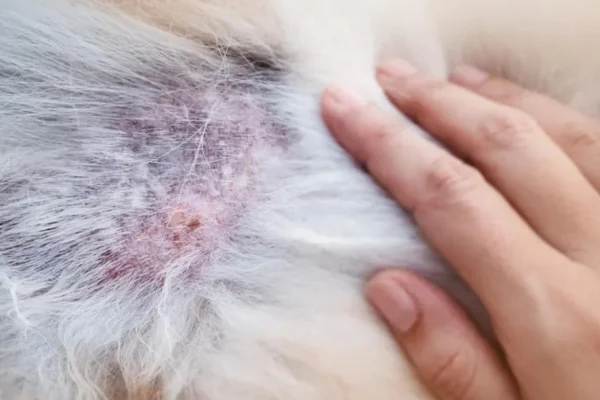Rabies in Raccoons
A Challenge for Public Health and Wildlife Control
Rabies in Raccoons - Rabies is one of the most feared diseases in the world, with a history dating back thousands of years and a mortality rate of close to 100% after the onset of symptoms. Although many associate rabies mainly with dogs, there is a worrying reality involving wild animals such as raccoons. In the United States, these small mammals are often hosts and transmitters of the virus, posing a significant threat to both human health and that of other animals. This article explores how raccoon rabies has become such a critical problem, the efforts to combat it and the lessons we can learn from this situation.
The Rabies Cycle in Raccoons
The rabies virus, a Lyssavirus, is transmitted mainly by the saliva of infected animals through bites. In urban and rural environments in the USA, raccoons have become prominent as transmitters of this disease. This is because these animals are adaptable, living in both forest and urban areas, where they can feed on garbage and food scraps, which increases the chances of contact with humans and domestic animals.
Unlike dogs and cats, which are usually vaccinated against rabies, wildlife such as raccoons remain vulnerable. When infected, these animals can become highly aggressive, which increases the risk of transmission. Rabies outbreaks in raccoons are therefore a public health concern that requires constant vigilance.
Contents
The Origin of the Problem: How Did Rabies Get to Raccoons?
Rabies in raccoons is not a new problem. In the 1940s, rabies was mainly controlled in dogs, thanks to vaccination campaigns. However, the virus has adapted, finding new hosts in wildlife such as bats, foxes and raccoons. In the 1970s, the raccoon population on the east coast of the United States was heavily impacted by rabies, and since then, the disease has spread to other regions.
One of the factors that contributed to the spread was the transportation of these animals between states, mainly by hunters who captured them to repopulate areas where the species was in decline. Unfortunately, some of these raccoons were infected, which resulted in rabies being introduced into new populations.
Million-dollar Anger Management Efforts
Faced with the seriousness of the problem, the United States has invested billions of dollars in rabies control programs, with a specific focus on raccoons. One of the most effective methods has been the distribution of oral baits containing vaccines. These baits, which taste attractive to raccoons, are spread in strategic areas, such as forests and urban outskirts. When consumed, the vaccines immunize the animals, reducing the spread of the virus.
The use of this technique is not exclusive to the USA. Other countries have also adopted similar measures to control rabies in wildlife populations. However, effectiveness depends on the massive and continuous distribution of the baits, as well as rigorous monitoring to evaluate the results.
Challenges in rabies eradication
Despite progress, the complete eradication of rabies in raccoons faces several challenges. One of the main ones is the reclusive and nocturnal nature of these animals, which makes it difficult to locate and vaccinate all individuals. In addition, growing urbanization and the fragmentation of natural habitats increase contact between raccoons and humans, creating an environment conducive to the transmission of the virus.
Another problem is social resistance. Some communities are reluctant to support rabies control programs, either due to lack of information or environmental concerns. In addition, the close coexistence of humans and raccoons in urban areas creates ethical dilemmas about wildlife management. Some argue that these animals should be protected at all costs, while others see the need for strict control as essential for public safety.
Impacts on Human and Animal Health
Cases of rabies transmitted by raccoons to humans are rare, but not non-existent. In situations where there is direct contact, such as trying to rescue an injured raccoon or entering an area infested by these animals, the risk of a bite is real. However, the most significant impact is on domestic animals. Dogs and cats, especially those living in areas close to forests or parks, are at high risk of being attacked by rabid raccoons.
To minimize these risks, it is essential to keep pets' rabies vaccinations up to date and avoid direct contact with raccoons. In addition, it is important for communities to be aware of the signs of rabies in these animals, such as abnormally aggressive behaviour, disorientation and intense vocalizations.
The Role of Education and Awareness
Public awareness plays a crucial role in rabies control. Educational campaigns that inform about the risks of rabies in raccoons and the necessary preventive measures are key to avoiding outbreaks. This includes everything from instructing the population not to feed or interact with raccoons to the importance of reporting sightings of animals with suspicious behavior to zoonosis control authorities.
In addition, education about the importance of vaccinating domestic animals and measures to prevent raccoons from accessing residential areas, such as fencing off rubbish dumps and eliminating food sources, are fundamental steps in reducing the risks.
Technological advances and future prospects
The fight against raccoon rabies has led to the development of new technologies and approaches. In addition to oral vaccines, innovative methods of tracking and monitoring wild populations are being tested, such as the use of drones and geolocation systems to map risk areas and optimize the distribution of baits.
Genetic engineering research is also exploring the possibility of creating viral strains that could be used to immunize raccoons more effectively, without the need for large vaccine distribution campaigns. However, these solutions still face regulatory and ethical challenges before being implemented on a large scale.
Final considerations
Rabies control in raccoons is a classic example of how the interaction between humans and wildlife can generate complex public health challenges. Although significant progress has been made, the eradication of rabies remains a difficult goal to achieve, especially in a world where the boundaries between urban areas and natural habitats are becoming increasingly blurred.
The ideal approach involves a combination of constant vigilance, public education, technological innovation and a collaborative effort between different sectors of society. Only with these measures will it be possible to keep rabies under control and protect both human populations and wildlife from the dangers of this deadly virus.
The case of the raccoons reminds us that, despite our technological advances, we are still deeply interconnected with the environment around us, and human health cannot be separated from the health of the ecosystems in which we live.
Thank you for visiting us and check out our other work
https://vettopbr.com/cachorros/
